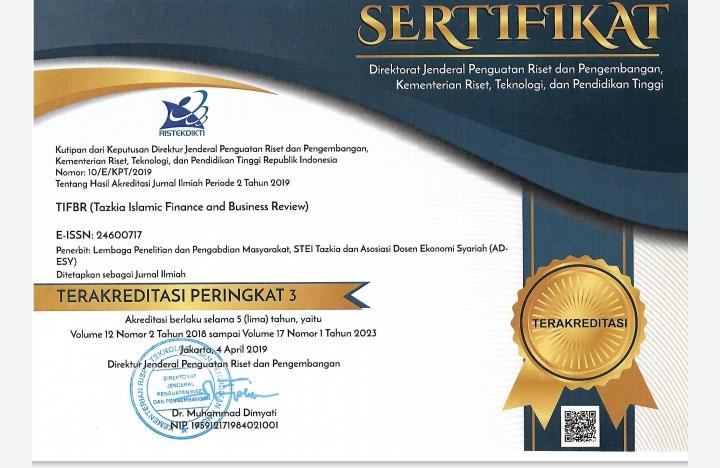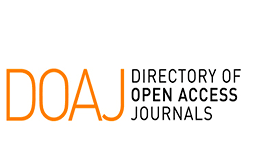Why The Rate Of Financing In Islamic Banks Is High? An Analysis Based On Malaysian Case
DOI:
https://doi.org/10.30993/tifbr.v3i1.19Abstract
Islamic banking has grown rapidly and has become fi nancial-nerve centre in today’s world economy, particularly in the last three decades. It has attracted various entrepreneurs and enterprises to get its fi nancing. However, Islamic banks tend to have a higher rate of fi nancing compared to the conventional ones. This less competitiveness encourage the demand for Islamic products may fall leaving the Islamic banks. Good debtors opted for conventional loans since the interest rates paid were relatively lower and the rest (the bad debtors) successfully made their way to Islamic banks. Therefore, the nonperforming financing of Islamic banks is high. This paper attempts to analyze factors that determine high rate of fi nancing in Islamic banks, by taking the case of Malaysian Islamic banks. In this paper, the top three of Islamic banks and conventional banks are selected for comparison. It finds that high default premium and overheads per capital contribute signifi cantly to the high fi nancing rate. Hence, the Islamic banks should diversify their assets and implement universal banking concept.
Keywords: Islamic bank, rate of fi nancing, NPF (Non-Performing Financing), universal banking system
Downloads
Published
Issue
Section
License

Tazkia Islamic Finance and Business Review (TIFBR) is licensed under a Creative Commons Attribution-NonCommercial 4.0 International License.
Authors who publish with this journal agree to the following terms:
- Authors retain copyright and grant the journal right of first publication with the work simultaneously licensed under a Creative Commons Attribution License that allows others to share the work with an acknowledgment of the work's authorship and initial publication in this journal.
- Authors are able to enter into separate, additional contractual arrangements for the non-exclusive distribution of the journal's published version of the work (e.g., post it to an institutional repository or publish it in a book), with an acknowledgment of its initial publication in this journal.
- Authors are permitted and encouraged to post their work online (e.g., in institutional repositories or on their website), as it can lead to productive exchanges, as well as earlier and greater citation of published work (See the Effect of Open Access).
















